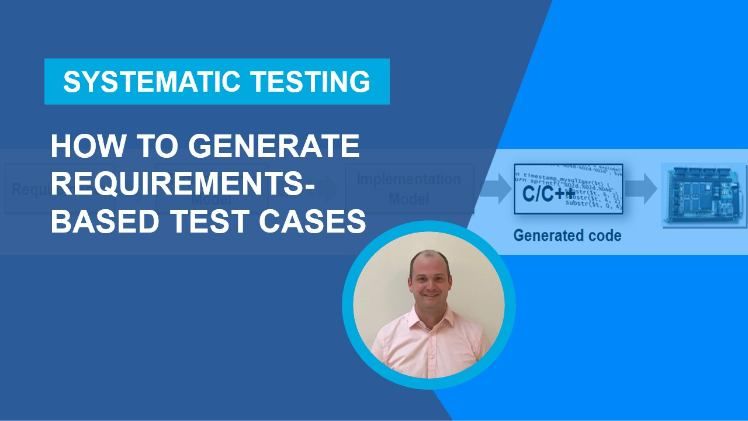Formalize and Validate Requirements
Overview
Incomplete and inconsistent requirements cause errors in the design phase that become exponentially more expensive to fix over time. Engineers can save time and money by formalizing requirements to validate them earlier. Formal requirements are expressed mathematically as unambiguous specifications that you execute through simulation to validate that they are complete, correct, and consistent.
In this session, you will learn about the different styles of formal requirements, how to model complete and consistent formal requirements, and how to go from stakeholder needs to formal requirements using use case diagrams and simulation.
Highlights
- Express requirements that are consistent and complete
- Go from stakeholder needs to formal requirements using use case diagrams
- Simulate requirements to validate required model behavior
About the Presenters
Pat Canny is a Product Manager on the Simulink Verification and Validation team. He has a background in helicopter flight control systems and jet engine embedded control systems. He has previously worked at Sikorsky Aircraft, GE Aviation, and Avitas Systems.
Stephan van Beek has been working for more than 15 years as a technical specialist in Systems Engineering and Embedded Systems at MathWorks in Eindhoven. He works closely with customers across Europe that want to build a bridge between Model-Based Systems Engineering (MBSE) and Model-Based Design (MBD).
Recorded: 21 Sep 2022




